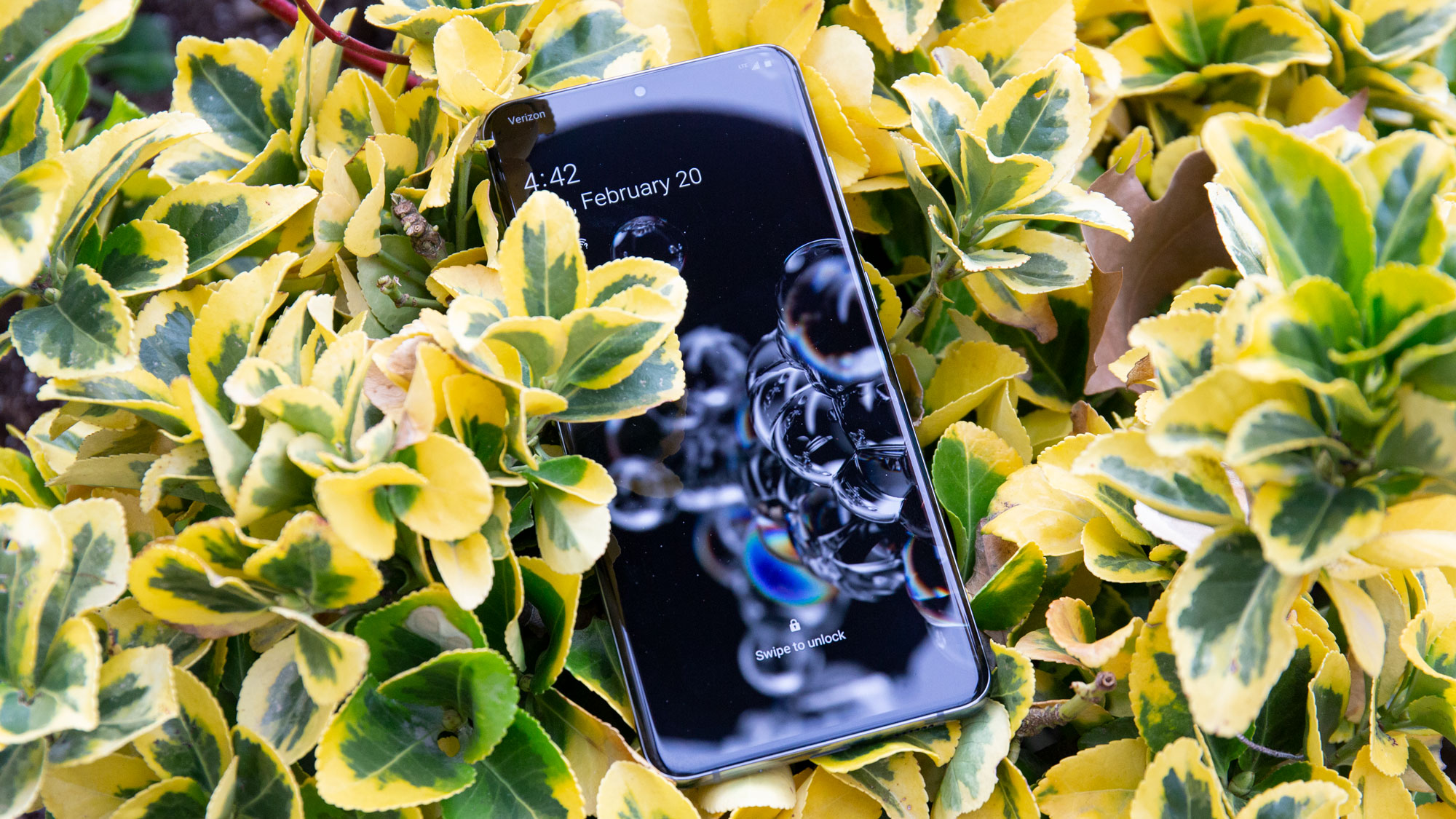The Samsung Galaxy S20 Ultra’s 120Hz display is a huge battery hog
It recharges quickly though, thanks to world's first USB Fast Charger Certification

One of the star features of Samsung’s latest Galaxy S20 Ultra flagship smartphone is its ability to run its display at a silky smooth 120Hz, but as discovered by our sister site Tom’s Guide, this optional setting doesn’t play nice with overall battery life.
The team conducted a series of tests that compared the beastly 6.9-inch handset’s battery life in both 60Hz and 120Hz refresh rate modes, measuring how long it would last on average while continuously surfing the web with a screen brightness of 150 nits.
Tom’s Guide found that the phone’s massive 5,000mAh cell would last on average about 12 hours in the 60Hz mode, but when the same was done in the 120Hz mode, the test results weighed in at just over 9 hours, representing almost 3 hours (or 25%) less battery life than in the default 60Hz mode.
A larger battery drain when using this boosted mode isn’t necessarily surprising, but the extent of its impact is worth noting for those trying to eke out extra life from their Galaxy S20 Ultra.
As mentioned, the 60Hz mode is enabled by default, and with it you get an increased resolution (3,200 x 1,440 pixels) compared to 120Hz mode (2,400 x 1,080 pixels), so we’d recommend only switching it on when gaming or if you’re not that bothered by a shorter battery life.
Officially fast
Thankfully, battery-life related news on the S20 Ultra isn’t all bad today, with the USB Implementers Forum (USB-IF) announcing that the Galaxy S20 range of smartphones has just become the first ever to receive its USB Fast Charger Certification.
While plenty of handsets have already been released with some form of fast charging, what separates the Galaxy S20 range (according to USB-IF) is its support for the Programmable Power Supply (PPS) feature.
Get daily insight, inspiration and deals in your inbox
Sign up for breaking news, reviews, opinion, top tech deals, and more.
In brief, this should allow Samsung’s latest flagships to manage heat more effectively while charging rapidly and, in turn, work more optimally with any third party fast charger... so long as that charger also has the same certification and is able to produce the required current and voltage.
Without PPS, the phone and charger aren’t able to effectively communicate with each other in order to determine the maximum speed at which the charger can charge, so instead it would default to a slower, safer option.
The certification is great news for the future of fast charging, but at present, there aren’t too many options available that support the Galaxy S20 and S20 Plus 25W fast charging, and even fewer for the Galaxy S20 Ultra’s 45W, so sticking to a Samsung-made charger is still (and perhaps unsurprisingly) recommended.
